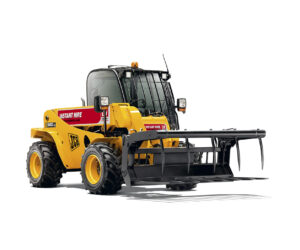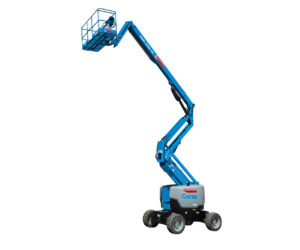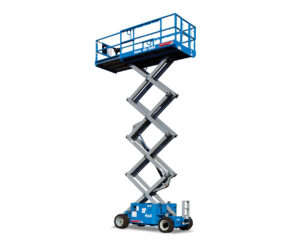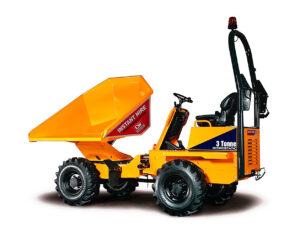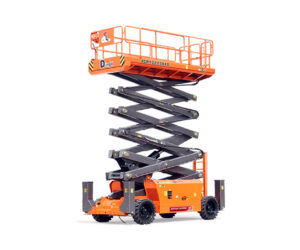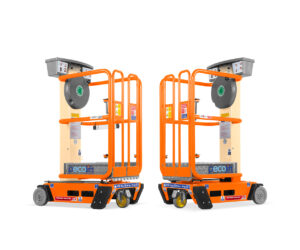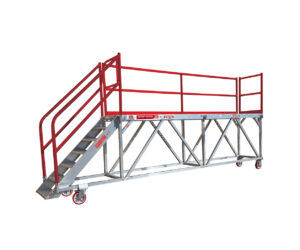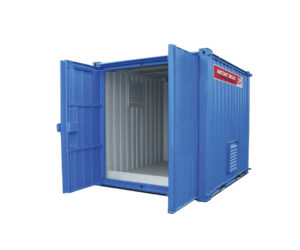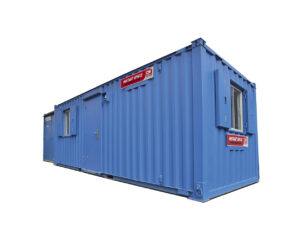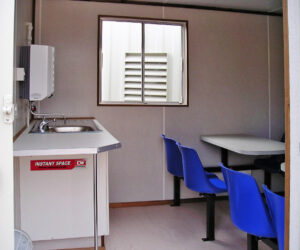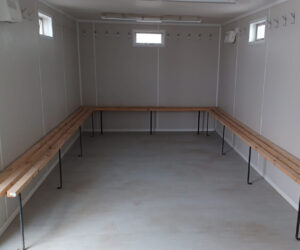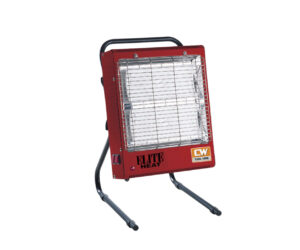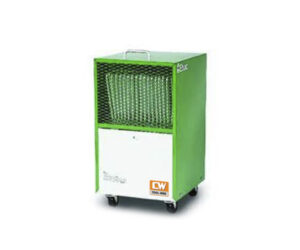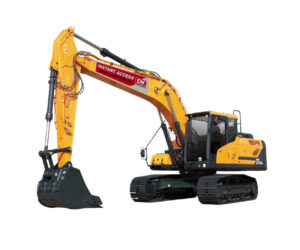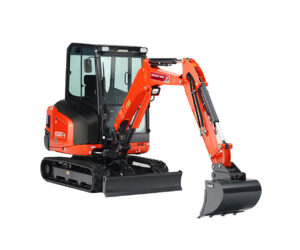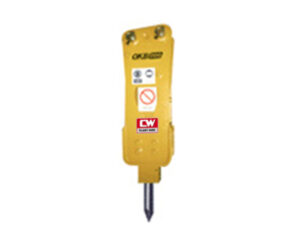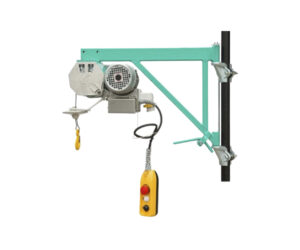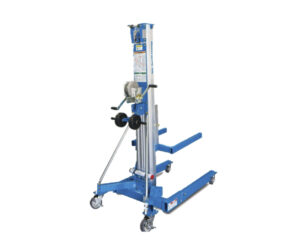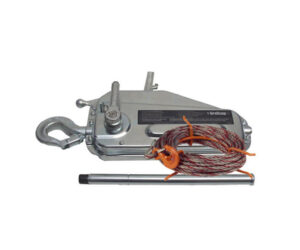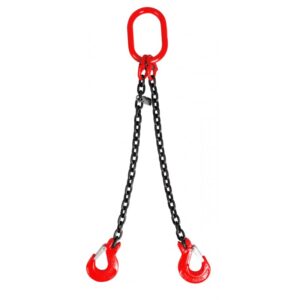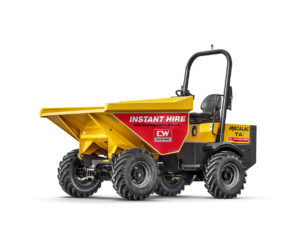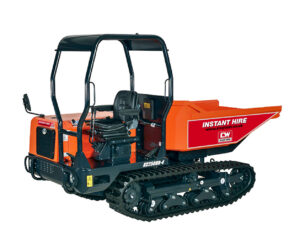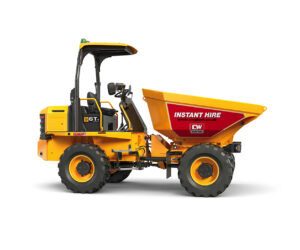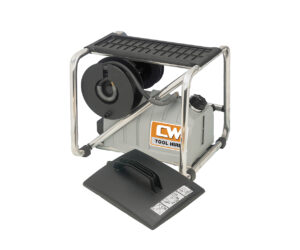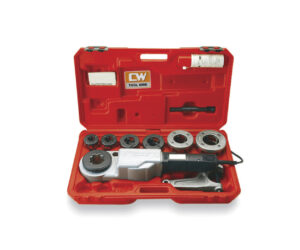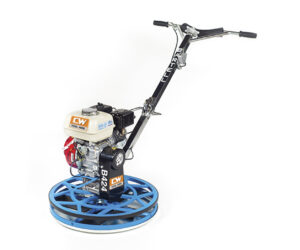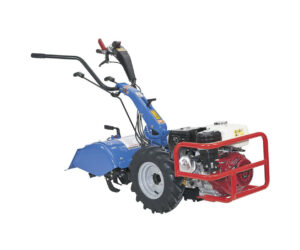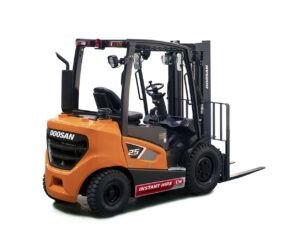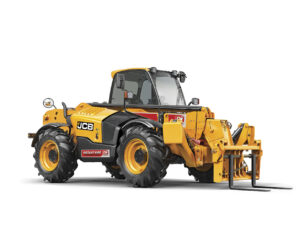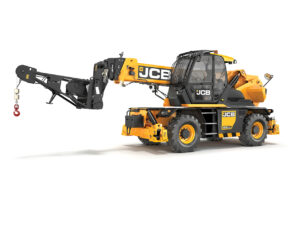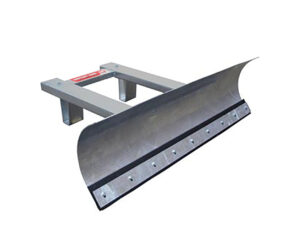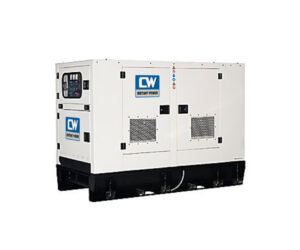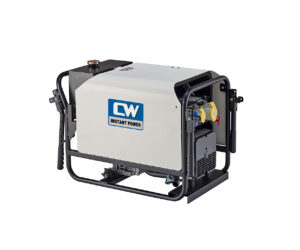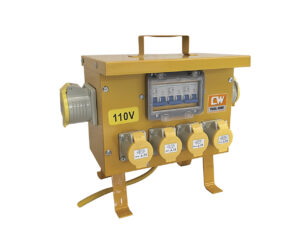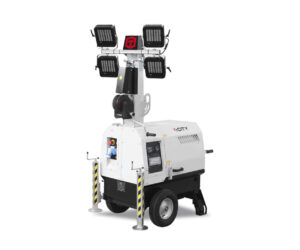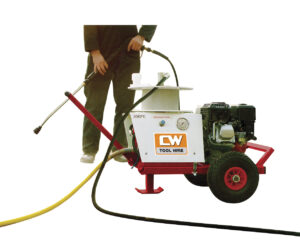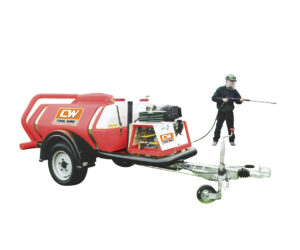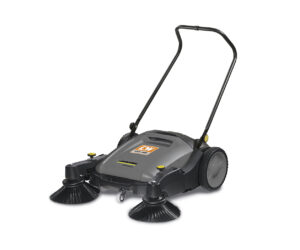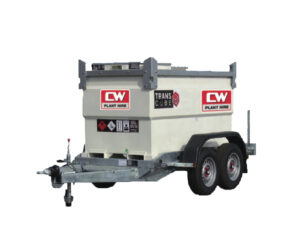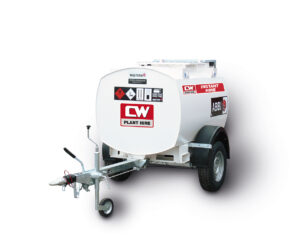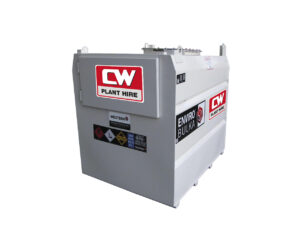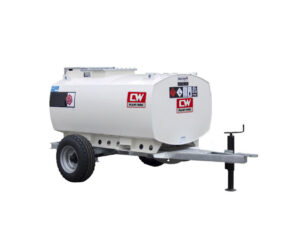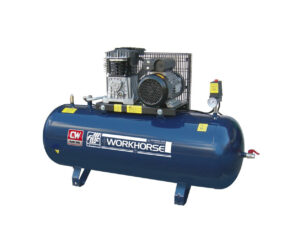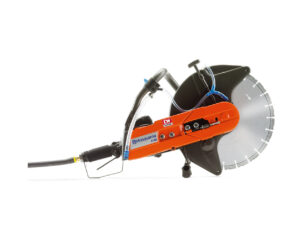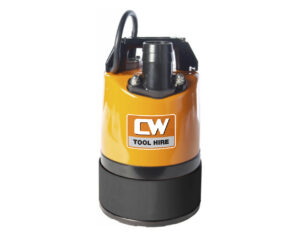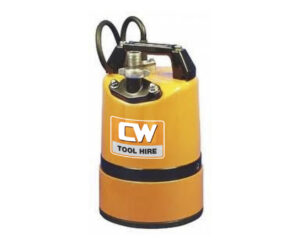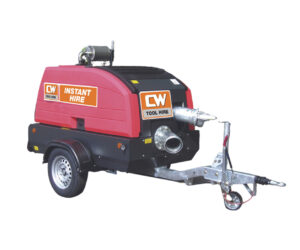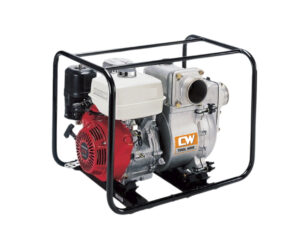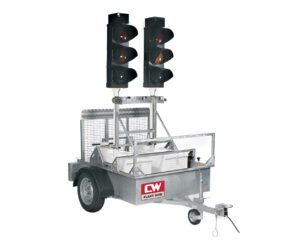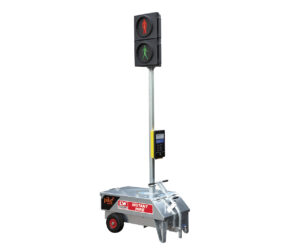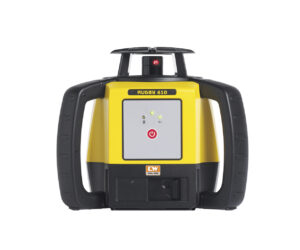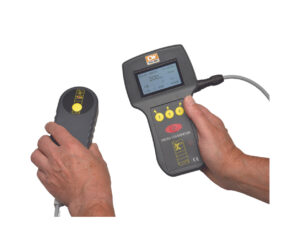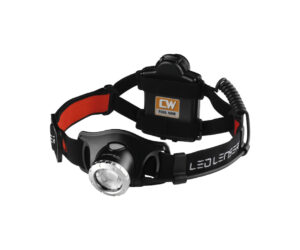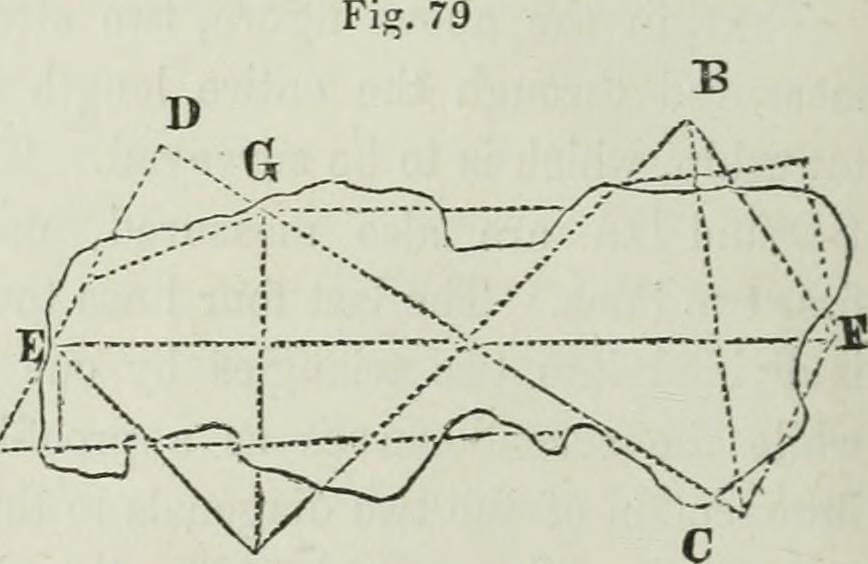The Importance of Survey Equipment
Being a land surveyor is, reportedly, the second oldest profession conceived by humanity – we have an incessant need to determine points on the Earth’s surface, the distance between these points, and the angles produced by them. The profession, and survey equipment itself, has certainly changed a lot since the Ancient Egyptians were constructing the pyramids, but the principles are along the same lines. Since, as is true with any industry, the innovations and technological developments made can be complex and hard to keep track of, at Charles Wilson Engineers Ltd we’ve decided to delve into the importance of some of the most common tools of land measurement.
Digital Levels
A digital level is used for establishing points along a horizontal plane. The level itself is placed upon a tripod, set to level and looked through by an operator. The operator’s assistant then holds a bar-coded staff at the point intended for measure. The importance of this is to gather elevations during site survey or building construction.
The digital level has revolutionised the realm of survey equipment by drastically reducing the human error present, in a simple-to-use package. There is little need for transcribing notes when using a digital level, which reduces the possibility of writing things down wrong, and the electronic laser that takes the reading is more accurate than previous iterations. It is believed that digital levels save 50% of time – in comparison to traditional levels – because of their accuracy, speed and record-keeping.
Further functionality is also available the higher up the specification spectrum you go. For example, more expensive models will allow the option of memory for advanced work and an increase in accuracy. The cheaper electronic digital levels on the market do, however, still require some manual transcribing – which can lead to human error, so it is important to be completely thorough in all aspects of the process with these instruments. Further improvements in specification might include the ability to be used in low-light, fast data capture and safe data preparation (meaning internal storage).
Digital Theodolite
A digital theodolite is a telescope mounted upon a base, with a screen that displays horizontal and vertical angles. The telescope has a sight for aligning the target, with the focusing wheel of the theodolite allowing for making targets clearer. The objective lens, which is on the opposite side to the sight, uses the mirrors of the telescope to magnify the subject and improve ease of use. There is also a threaded base to most theodolites in order to allow for proper tripod mounting.
The ways with which the digital theodolite improves the process it performs, in comparison with a traditional (non-digital) version is similar to the difference between a conventional level and a digital level. Speed, accuracy and time-spent is all reduced by the functionality of the tool – compounded by the digital nature of it. This is shown clearly by digital readings being easier to read and understand than graduated circles – along with improving the accuracy of the machine by serving concrete data as opposed to interpretable images.
Theodolites work by utilising optical plummets, a spirit level and graduated circles to take readings, both horizontal and vertical. The optical plummets ensure the theodolite is placed as close to the vertical, above the survey point. The spirit level then measures the horizontal placement – to remove the possibility of a disparaging result from uneven ground. Finally, the graduated circles – one vertical and one horizontal – allow the instrument to survey the angles. All of these modern technologies allow for the heightened accuracy that digital tools offer.
Traditionally, a transit may have been used, but a theodolite is the updated version of this machine. The modern iteration of theodolites brings lightness, compactness and greater accuracy to the survey equipment – hence why it is now far more common and popular.
GPS Tools
GPS is one of the most important innovations utilised by land surveyors in land measurement in the modern iteration of the industry. The time, money and annoyance saved by this is extremely important addition to survey equipment cannot be understated. Traditionally, land surveyors would have to make multiple trips to sites in order to gather all the information they needed – especially with larger sites – but GPS tools have drastically reduced this.
Since GPS uses the Earth’s satellites to bounce information back and forth, large sites can be surveyed quickly and securely. There is also little need for writing down the information gathered, as the GPS tool will usually store this internally. Surprisingly, if you speak to a land surveyor, they will tell you that one of the hardest parts of the job is keeping track of their notes – especially if the weather isn’t on their side – so the industry as a whole is very pleased with this technology.
Total Station
A total station is a device that utilises the technology of an electronic theodolite and an electronic distance measurement (EDM), along with the use of an on-board computer, to do a lot of the heavy lifting in a surveying environment. The tool is incredibly convenient, with it encompassing a variety of different functions, and can often allow for remote use with robotic iterations.
The remote use of a robotic total station is yet another money and time-saving piece of survey equipment that is changing the way the industry works. Usually, an assistant is required on site to help take accurate measurements, which can almost double the labour cost and half the time efficiency of a job when compared to remote tools.
The on-board computer of a total station is vital to taking, calculating and storing accurate data. Partnered with the reduced need for an assistant, productivity is greatly improved. This accuracy and productivity is compounded by there not being a need for a line of sight to take measurements, which reiterates the changing nature of surveying with modern survey equipment.
Furthermore, many total stations can include image capture. This removes the need for expensive photographers and site revisits.
Modern Survey Equipment
Although the goal of surveying has shifted very little from its roots in the early settlements of humanity, the survey equipment we now have access to is revolutionising the way we work. As is true with the nature of innovation in any sense, we are solving issues and streamlining all processes related to surveying. The equipment we use is imperative to the process and accurate results, which we hope to have outlined above.
We have only just scratched the surface of survey equipment, with there being a far deeper arsenal of more specific and targeted tools available for hire from us here at Charles Wilson Engineers Ltd. You can visit our survey equipment for hire page for more information on these. You can also use our branch locator to find your nearest branch, should you require more information.

